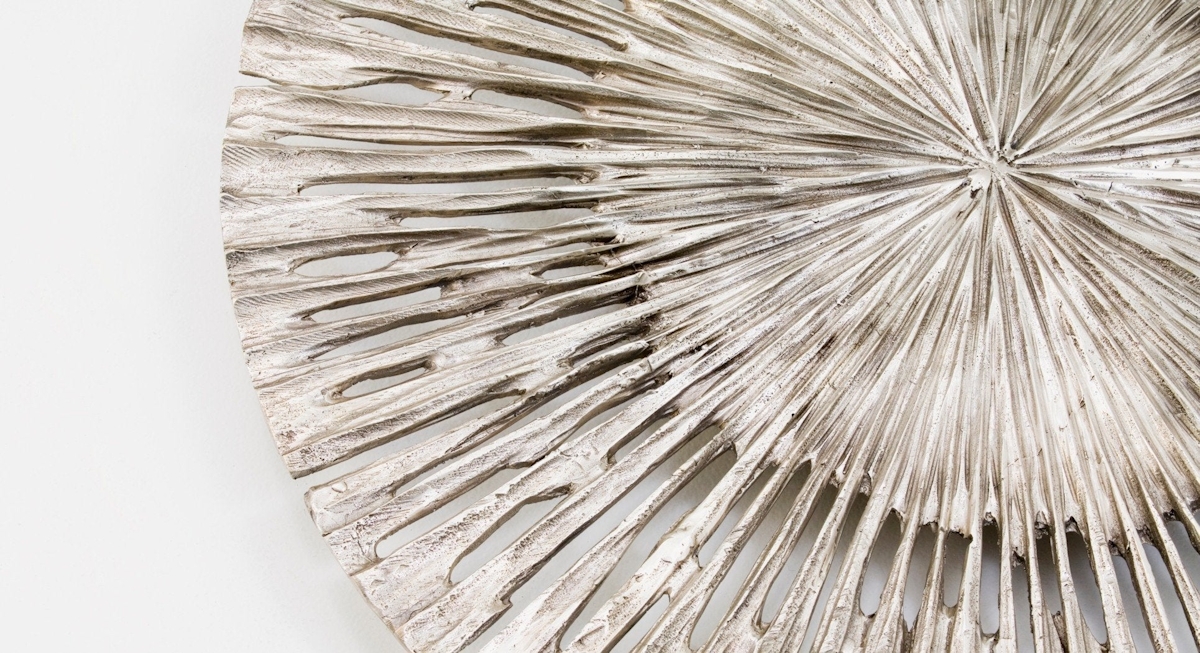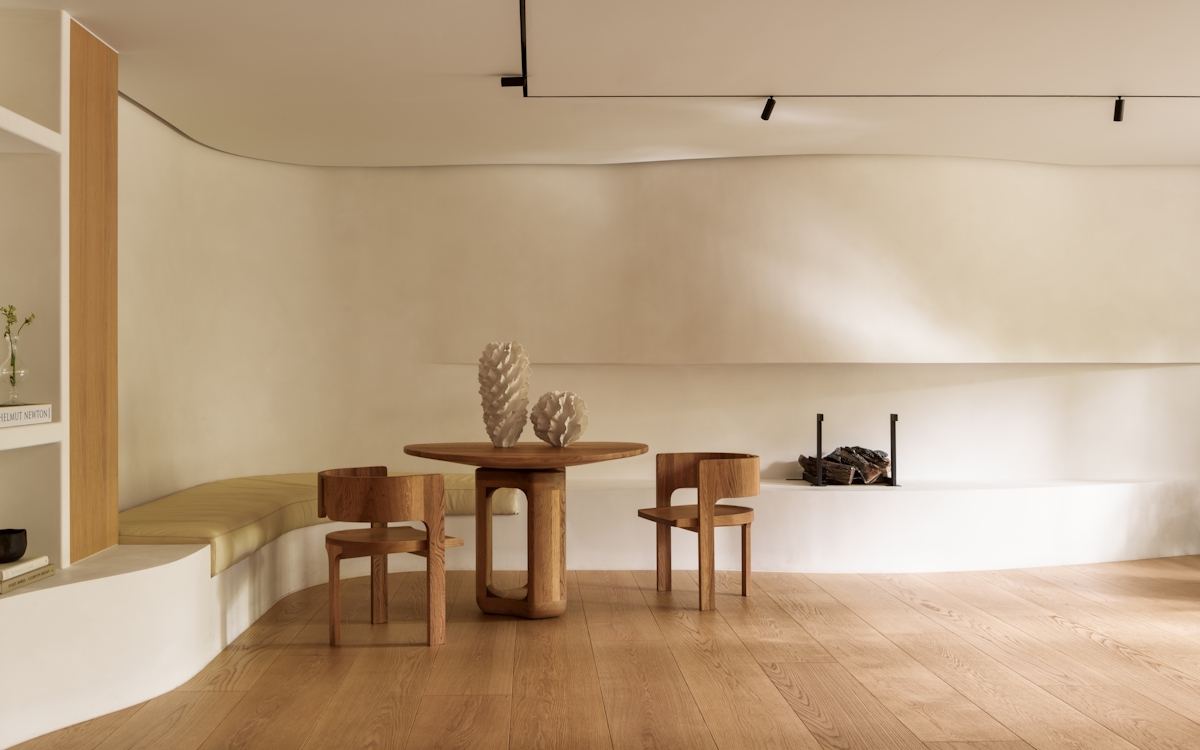Artisan lighting is the latest area of interior design to step into the craft spotlight. For the last few years, many industries have gone crazy for all things handmade, and the world of interiors is no different. The focus though has been on hand-hewn furniture, detailed bone and glass inlay, marquetry, and traditional pattern-making like block-printed textiles. Now it’s time for the artisan touch to give rise to an exciting year of lighting design trends.

Artisan Lighting: Interior Lighting Design Trends 2019
A craft that is stepping into the spotlight this year

What is Artisan Lighting?
The word artisan refers to a skilled trade, especially ones that involve creating things by hand. So when you look at all of the different varieties of handmade lights, expect to see expressions of craft such as hand-blown glass, traditionally turned wooden lamp bases, sculpted stone wall sconces, incredible works of hand-forged ironmongery and pieces from the potter’s wheel like hand-thrown ceramic urns waiting for a shade to be put on top.
Artisan design is loved for its originality and personality, because no two products are ever going to be exactly the same. There’s a connection to the maker, a uniqueness in every piece, and a whole host of imperfections that the world embraces because of that quintessential artisanal character.

Such imperfections are a natural output of the various craft processes that’s become a sub-trend all on its own – wabi-sabi, the Japanese term overtaking hygge, meaning love and acceptance for imperfection.
Types of Artisan Lighting
Ceiling Lights
Artisan fixtures can feature in every part of a room’s lighting scheme, starting with the ceiling, which can be a place of subtlety or high drama. Walk into a room, and the eye isn’t naturally drawn upwards – lighting or paint colour is what pulls it there. Your interior lighting design can therefore either be a downplayed nod to the artisan trend, or it can turn the volume up high to put craft in the spotlight.
Chandeliers – hear the word chandelier and it’s hard not to imagine crystal-encrusted, dangling designs, but that’s not the full story. Artisan chandeliers might involve fine metal wire creations threaded with beads, pearlescent shell or droplets of glass. They’re there to provide functional light, but more than anything, these lights are about showcase; the light source isn’t always visible, keeping your eye on the craft. Sharper, more linear chandeliers might make the bulb a part of the art by working with a specialist bulb designer to come up with light sources that complement the fixture itself. In the Spinocchia Freund interior, the incredible manipulation of wood creates a branch-like formation when fine tubes of light dangle from each branch like icicles.
Pendants – artisan pendants tend to give off more light because their shades generally cast the glow down. Hang them low enough, and you still won’t see much of the bulb, putting the crafted character up front too. In more contemporary homes, smooth concrete bodied shades have become a favourite example of artisan pendant lighting. Exacting metalwork is another big trend in artisan pendants, because it presents you with a tasteful way to reference industrial style in your interior.
Wall Lights
Move down to the next level of lighting in a room and you’ll meet wall lights. Still overlooked in terms of their style potential, sconces add texture and artistry to your walls in the same way sculptures and hung artworks do.
Sconces – Make it all about ironmongery with hand-made wall lamps. Craftsmen experiment not just with shape and scale, but with the style of finish and material on their wall light masterpieces. Look out for hand-applied gold leaf for the ultimate luxury, but deliberately aged and hammered brass and bronze or polished nickel and chrome are just as swoon-worthy. Many artisans use natural stone too, experimenting with how the light diffuses through the spears of veined marble and quartz.
Lamps
Artisan lamps, whether they’re floor or table lamps, are the easiest way to experiment with the trend for craft lighting. Why? Because they don’t need an electrician to fit them, they generally take up less room, and there are more options for how to bring them into the room. Side tables, shelves and console tables all suit a table lamp, while floor lamps work in corners of any room as much as they do over a living room’s sofa or table.
Table Lamps – just like with wall lights, lots of handmade lamps are multi-material designs where metal and stone or ceramic and fabric bind together. One of the telltale signs that an artisan’s been at work is when the stone is bursting with character. They’ll have deliberately chosen selects of stone that showcase the natural irregularities to ensure each design has its own identity. Compare that against mass-produced pieces where the finish is much more consistent and safe.

Or another craft favourite is to work with clays like terracotta and play up their organic appeal by allowing the shape to undulate.
Floor Lamps – one of the best ways to remind everybody that artisan lighting trends aren’t just a case of softened forms, detail-rich materials and an obvious handmade touch is through using floor lamps. Generally speaking, this sort of light is more slender and sleek, drawing your attention to the fine details in hand-made lighting. Even more traditional examples of floor lamps that typically have a bit more detail in their stem and a fabric lampshade are slim in their proportions. But it’s the contemporary floor lights where the artisan lighting trend is best seen. The craftsmen are more like sculptors, producing the most intriguing objects of desire.


